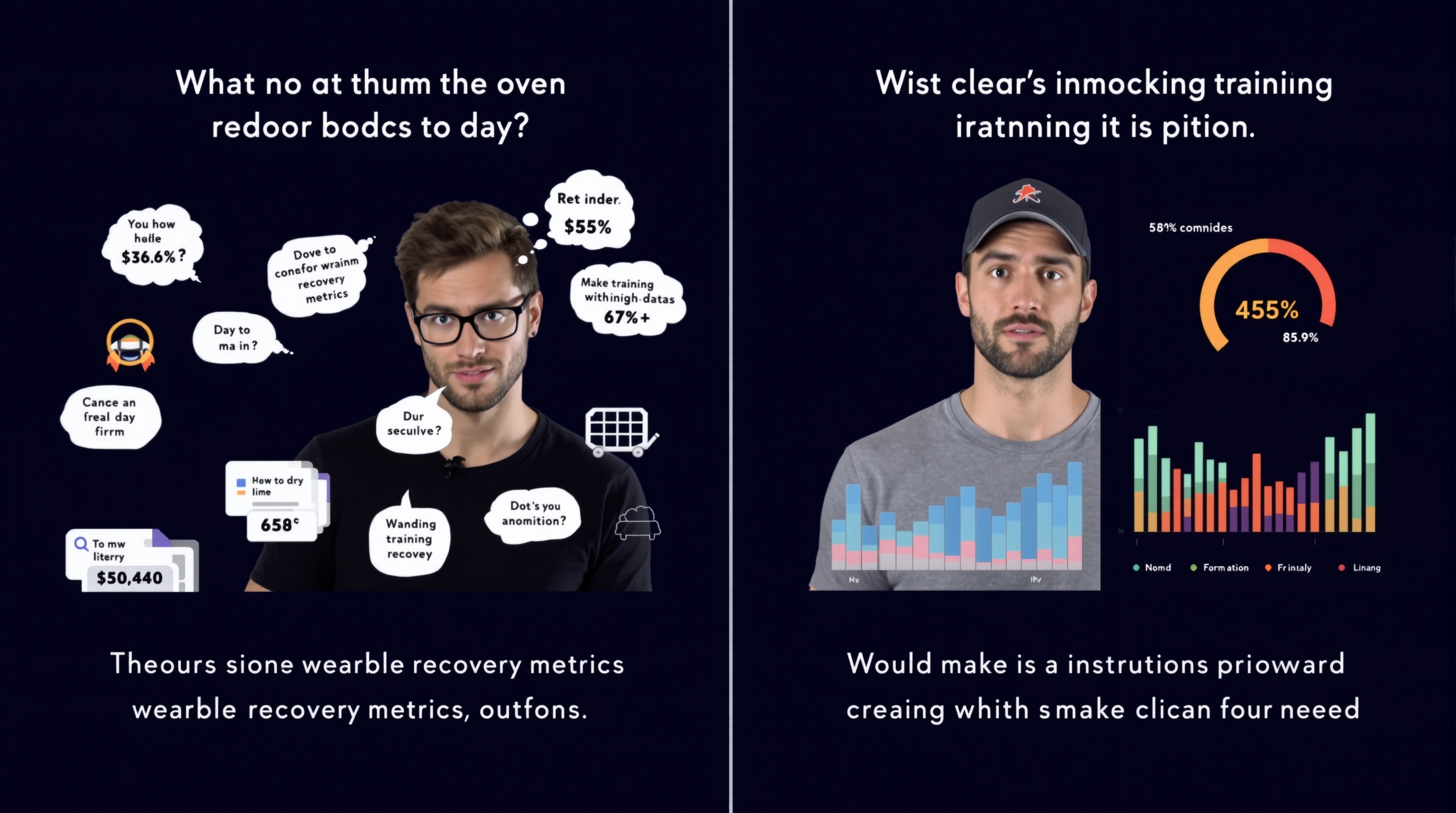Wearables Beyond Steps: What Your Recovery Metrics Really Mean
Training modifications based on recovery data:
- High recovery day: Normal or increased intensity training
- Moderate recovery: Reduce intensity by 10-20%, maintain volume
- Low recovery: Active recovery, light movement, or complete rest
- Very poor recovery trends: Consider a planned deload week
Remember: Most recovery scores and readiness algorithms lack robust scientific validation [4]. They're useful guides, not absolute truth.
Evidence snapshot
The science behind wearable recovery metrics is evolving rapidly, but several key points are well-established:
HRV reflects autonomic nervous system activity and responds to training load, stress, and lifestyle factors. However, daily variations are significant, and the optimal ranges vary greatly between individuals [1].
Sleep tracking accuracy has improved dramatically, with consumer devices now achieving reasonable agreement with medical standards for basic sleep parameters [2]. However, sleep stage classification remains imperfect.
Resting heart rate changes represent one of the most reliable indicators of cardiovascular fitness adaptations, with consistent research supporting its use for monitoring training progress [3].
The biggest limitation? Most proprietary recovery algorithms combine these metrics in ways that haven't been rigorously tested [4]. They're educated guesses, not scientific formulas.
The bottom line: Use recovery metrics as one tool in your training toolkit. Combine them with subjective feelings, training history, and common sense. Your body is smarter than any algorithm—the data just helps you listen to it better.
References
[1] Shaffer, F., & Ginsberg, J.P. (2017). An Overview of Heart Rate Variability Metrics and Norms — PMC (National Library of Medicine). https://pmc.ncbi.nlm.nih.gov/articles/PMC5624990/
[2] Performance validation of six commercial wrist-worn wearable sleep-tracking devices — Sleep Advances (2025). https://academic.oup.com/sleepadvances/article/6/2/zpaf021/8090472
[3] Effects of Exercise on the Resting Heart Rate: A Systematic Review — PMC. https://pmc.ncbi.nlm.nih.gov/articles/PMC6306777/
[4] A Critical Review of Consumer Wearables, Mobile Applications, and Equipment for Providing Biofeedback, Monitoring Stress, and Sleep in Physically Active Populations — Frontiers in Physiology (2018). https://www.frontiersin.org/journals/physiology/articles/10.3389/fphys.2018.00743/full





